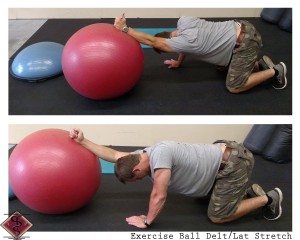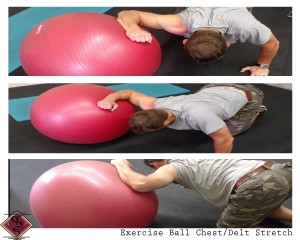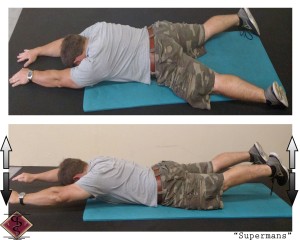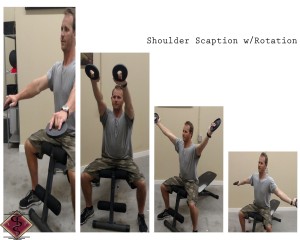Have you ever noticed just how much time we spend looking down these days?!? It’s as if we’re playing a never-ending game of Whack-a-Mole, ever alert for those pesky buggers to peek out so we can banish ‘em back to Mole-dolvia or wherever they come from. So much of our daily regimen involves some degree of downward focus: Eating from a table, incessantly updating one’s Facebook status, and reading from text or tablet, to name only a few. (Sleeping on one’s desk during lecture doesn’t count for purposes of this article). Heck, there are even whole interior design theories which play to this downwardly-focused behavior. (Check out the casinos’ Dali-esque floor patterns when you’re dropping down the family fortune in Vegas next time. They’re designed to captivate wary-gamblers, ensuring they never leave the table-donations section).
Aside from the myriad of safety risks inherent in keeping our eyes on the ground, there are some very serious effects for the musculoskeletal system that can give rise to all sorts of discomforts affecting other bodily areas. When we tilt our heads downward, several sets of muscles and tendons are activated throughout the body, flexing and extending in unison to make this simple movement happen. Should this action of looking down become habitual or maintained over time, those muscles and tendons will remain either shortened or lengthened (depending on their function)—creating stress at muscle junctions and causing activation of adjoining muscle groups.
For example, someone who looks down constantly whether because they’re sidewalk crack repairmen or just cerebrally gigantic, will find themselves with overly tightened and larger trap muscles (great look for big no-neck running backs…less desirable for your average debutante). More than that, due to the chin’s downward tilt and the chest’s forward pull (caved-in look), muscles in the back of the neck will gradually weaken and not provide enough support against the head drooping forward—leaving an individual slumped over like a narcoleptic hypnotist. And it’s far from being a problem solely for metal-detector-wielding treasure hunters and ant tabulators: factory workers, desk jockeys and delivery drivers all find themselves in downward-looking positions as a norm.
So, you’re most likely asking yourself now (while assuredly reading this article with your heads looking downward), “how do we keep ourselves from resembling mid-19th century church bell attendants?” Here are a few suggestions:
1.) Look Up— Seems painfully simple, until you notice exactly how much of your time is spend looking downward. Hold devices such as phones and tablets at eye level when texting your BFF or reading 51 Shades of Grey.
2.) Stretch— Increasing the range of motion of tight muscles, such as the abdominals and pectorals is essential in restoring them to the proper lengths after long bouts of downward attention.
3.) Strengthen—It is of prime import (especially since we have now stretched tightened muscle groups) that we strengthen muscles responsible for preventing downward head tilt. Mid/Low Traps and deep neck muscles such as the scalenes are good areas on which to focus.
(Check out the photos at the end of this article for specific flexibility/conditioning exercises).
Remember—we are aiming for small overall changes, and just as a person will not always look up or stretch when possible, neither will they collapse forward into a human black hole from forgetting to do so. Simply integrating these exercises when possible will provide for a fine start towards proper head, neck and shoulder posture.





